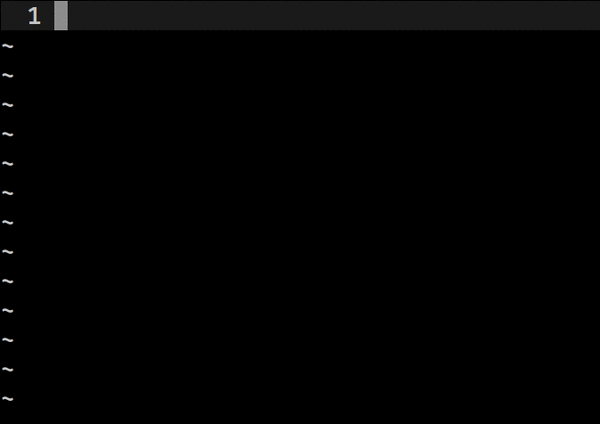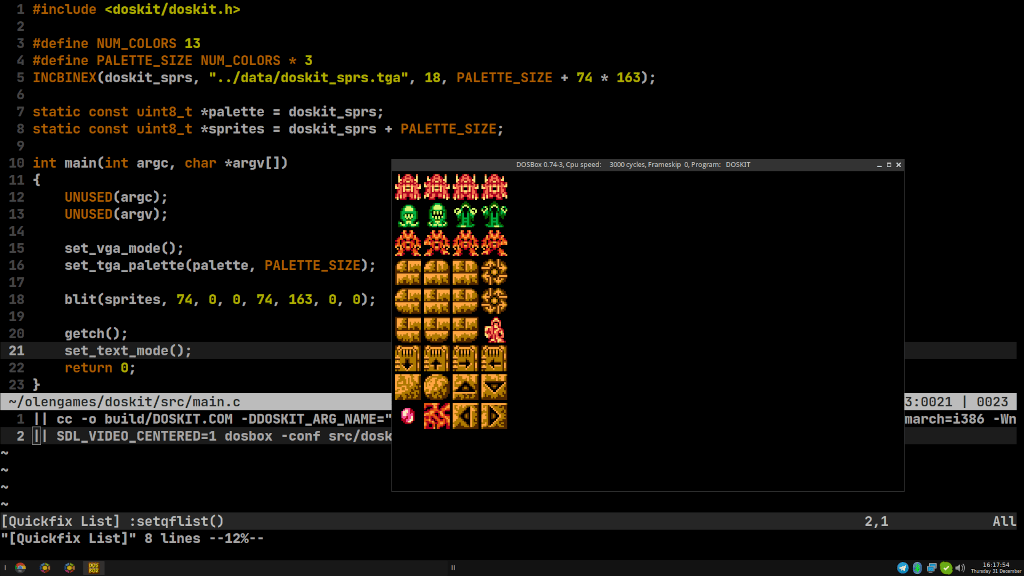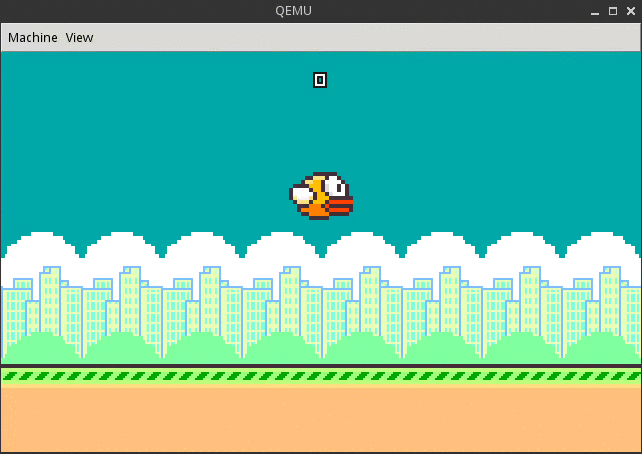2020 Retrospective
It’s that time of the year once more, however considering what a ghastly year 2020 was, I will cut the intro short and not antagonize you any further than absolutely necessary. If you were expecting wholesome eulogies, this is not the spot, and you might want to check out medium.
Before getting too much into the weeds of things, let’s kick it off with the mandatory last year in commits chart kindly provided by GitHub.

As you are probably aware by now, I am always hacking on multiple projects at any given time, and this year wasn’t any different, despite all that has transpired. While on the surface, sometimes it might appear that my side projects have nothing in common with each other, there’s always some overlap even if only in the sense of building a proof of concept of some piece that might fit into some of my other projects.
But, that’s enough of that! Let’s take a look at some of my highlights.
marmota

Earlier this year I ended up releasing marmota, an opinionated minimalist terminal emulator based on VTE.
It’s roughly 600 lines of C, and all configuration is done at compile time.
It has all the basic features that one might expect from a modern terminal emulator, including support for opening links, etc.
However, it doesn’t have built-in support for tabs, because you are better off with using a terminal multiplexer like tmux or screen to fulfill that need.
gustav.vim
Ended up writing another vim plugin, called gustav, which is a very simple GitHub Flavored Markdown compatible task/todo manager.

I also ended up making some enhancements to my previously released asynctotem.vim and fastopen.vim plugins.
dose2
Ported dose2 by mfx to WASM (web assembly) by leveraging emscripten.

Click here to see it in action.
DOSKit
DOSKit is a “small framework” that I started putting together to allow one to write small hobbyist DOS games without the need to install a 16 bit compiler toolchain.
How is that possible? It turns out that one can abuse gcc/clang and have it spit out 16-bit compatible machine code, for the most part. Obviously, it’s not without its problems, but hey it’s jolly good fun to play around with stuff like this.

In the screenshot above, you can see a small example embedding a TGA image with a palette and then blitting it into video memory.
And yes, it produces .COM files, which makes things more fun, because you have to limit yourself to 64K.
It’s not ready for prime-time just yet, but I might manage to get it over the finish line and release it sometime next year.
maksu
After using premake4 and then GeNIE for a number of years, I woke up one morning and said to myself, I am going to build my own “build automation tool”, but unlike premake, it will combine Lua + Ninja into a single statically linked self contained executable, that will enable single command builds across Linux, MacOS, Windows and FreeBSD.
Cross-compilation will not be an after thought, but rather a built-in as a core concept from the get go. Therefore, adding new toolchains (compilers, platforms) will not require hacks and monkey-patching.
You can just check-in the executable with the source code in your favorite source control system and bada-boom anyone who checks out the source code can build by running a single command. As with anything, there are and will be some caveats, but nothing too out of the ordinary.
I know that this might sound too good to be true, and maybe some of you might even say, why on earth do we need another build tool, but it’s going to happen, hopefully sometime early next year if the stars and planets align.
Calling it maksu for the time being, and as you probably guessed by now, it
will be driven by a so called Maksufile.
GitHub Arctic Code Vault
The Arctic Code Vault was something totally unexpected and perhaps one of the very few truly cool things that have transpired this past year.
At least one of my personal projects, Floppy Bird, a boot-able flappy bird clone that I wrote in 16 bit assembly, got included in the vault. Even though this is one of my most popular projects of yesteryear’s, its inclusion in the vault still caught me off guard.

What a pleasant surprise.
However, I do want to bring up the fact that there was little to no information to be found about this whole thing and I noticed that I got the “Arctic Code Vault” badge totally by accident, when looking at my GitHub profile.
Also, the criteria based on which eligible projects/repositories were chosen to be included in the vault should have been communicated in a better way, rather than being buried and very hard to find.
GitHub Codespaces
A few months ago, I got early access to GitHub Codespaces.
What is codespaces? Simply put, it allows you to open any GitHub repository in a purely web based IDE. And this IDE is really just a VSCode that runs in your browser, rather than as a standalone executable via the means of electron.
It does look like a rather promising piece of technology. What makes it really convenient is that you get full shell access to the container that is spawned, which allows you to install any tools that you might need, expose ports, etc.
Another very convenient thing is that if you have a dotfiles repository, it
will pull it in and setup your “terminal” and environment automatically.
I might write a more comprehensive standalone review/article about it next year.
Thoughts on Go
With the advent of Go 1.15.x, I thought that it’s about high-time I give Go a go, pun intended.
My initial impressions were good, but I still need to spend some more time with it and write something fairly non-trivial before jumping to or drawing any definitive conclusions.
There are still a couple of things that might rub you the wrong way, if you are person who wrote any non-trivial amount of C/C++ (myself included), but it does look like a promising language to complement C/C++, definitely not as a replacement.

2020-12-31 / retrospective